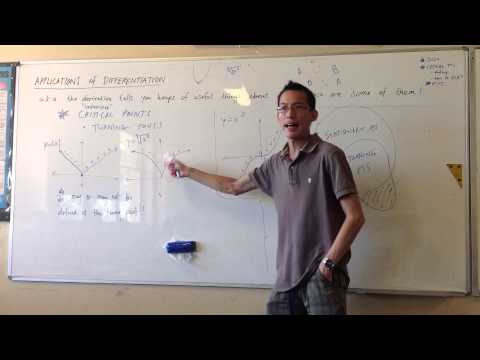Description:
Explore the powerful applications of calculus in this comprehensive 9-hour course. Learn to understand function behavior, visualize characteristics, and solve problems using differential equations. Master concepts like maximum and minimum points, turning points, stationary points, and points of inflection. Dive into curve sketching techniques, implicit differentiation, and solids of revolution. Discover how to apply calculus to real-world scenarios, including motion problems and volume calculations. Develop skills in integrating logarithmic functions, solving differential equations, and tackling challenging maximum/minimum problems. Gain a deep understanding of critical points, derivatives, and their relationships through visual approaches and practical examples.

Applications of Calculus
Add to list
#Mathematics
#Calculus
#Differential Equations
#Business
#Finance
#Trading
#Derivatives
#Logarithmic Functions
#Implicit Differentiation